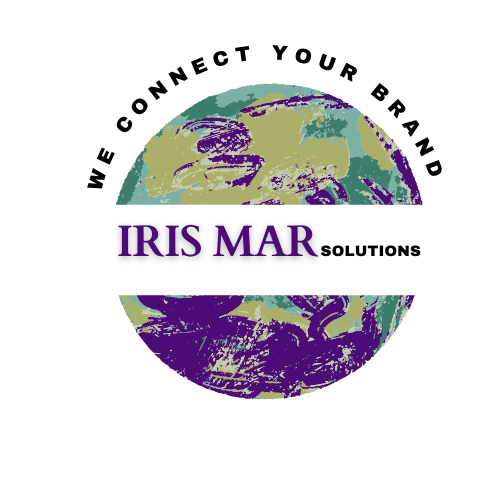The Secrets to Reaching Your Readers Where Their Eyes Are
- Anne Marie Ianko

- Apr 2, 2021
- 4 min read
Our 10 best practices for writing for mobile
Readers are consuming more and more content on their mobile devices. Have you thought about how you can win their attention with your copy? To capture readers' eyes, you'll need these best practices for writing mobile content.
Write Short Headlines
Since readers frequently consume content on small screens, your copy needs to be quick and to the point. One of the best ways to efficiently share your ideas is with short headlines and subheadings. Long headings take up too much of the screen and are not as easily digestible as short headings.

Start Strong
You want your copy to be engaging and insightful from the moment the page loads. Include your most vital promise or claim at the start of your content. Don't hold it until the end. Readers want to know right away if they will be getting the information they want or need.
Create Concise Paragraphs
Big blocks of text are intimidating to just about everyone. When writing copy, think about how each individual paragraph will appear on the mobile screen. Try to keep your paragraphs to five or six sentences in length.
Cut the Fluff
"Kill your darlings!" If you're a creative writer, you've probably heard some variation of this writing advice. It's also very applicable to copywriting, especially when we're writing for mobile devices. Stay hyper-focused on your main topic. If a word, verb, or train of thought does not directly support that central topic, get rid of it.
Use Bullet Points
Just as you should write short paragraphs and headings to create the illusion of free space, you should also utilize bullet points and numbered lists (when appropriate). White space helps readers absorb information more easily. Presenting information in list form can create this white space and help with scanning.
Vary Content Formats
Is your information best presented as text? Would it be better communicated through video, infographic, interactive tool, or slideshow?
It's worth considering the format that best presents the information. Some people prefer to digest video or visual content over text. Forbes suggests an 80/20 rule—20% of your content should be turned into a video or visual tool. Of course, the ultimate decision of which type of content you create is up to your client. But it's helpful to think about how your writing could be turned into a video or infographic.

Optimize Content for Instant Answers
Google has a feature in their SERPs (search engine results pages) that answers a specific question a user typed into the search bar. Write your copy as if you are trying to help your client snag this featured spot. Answer direct questions in your copy. Remember to use some of the best practices we just discussed, such as writing short paragraphs and using lists. By writing with this search engine feature in mind, you'll not only help your client gain more exposure, but you'll also make your copy easier to digest.
Use Short, Simple Words
At one point or another, we've all been guilty of beefing up our writing by using the big words we learned in our English classes. Although these words may have had a place in a thesis paper, they are not welcome in the majority of texts. Readers prefer short, simple words because they allow for faster reading. Cut the flab from your writing by getting rid of bulky words. For a list of fluff words to avoid, go to PlainLanguage.gov.
Include Local Information
Because a third of searches on mobile devices are location-related, it can be helpful to include local information in your copy if it applies to your client. This could place your client's resources higher up on the search results pages when people look for businesses in a specific area. Be sure to include the location naturally in the piece, the same way you carefully place keywords in your copy.
Customer First Content
Businesses increasingly realize they need to present informational content to their customers. In fact, Search Engine Journal stated that 88% of B2B businesses prioritize building trust with informational pieces over trying to get their promotional messages across.
As a freelance copywriter, you have the opportunity to help your client build this trust with their customers. You communicate the voice of the brand. You deliver the answers people are seeking in a quick, easily digestible manner. As you write, have the audience at the forefront of your mind. How would they like to learn information?

Write Authentic Mobile Content
The future of content is constantly evolving. As you continue to write for mobile devices, keep these best practices in mind. Always remember to write with trust and authenticity so you can help your clients establish authority with their audience.
If you want to learn more best writing practices for mobile devices and other platforms, check out our Writer's Academy. In this course, you'll learn how to increase your writing credibility and gain new knowledge on the latest trends. Plus, you'll receive a Certificate at the end of the course that you can display for prospective clients! Find more information on Iris Writing International's Academy here.





Commentaires